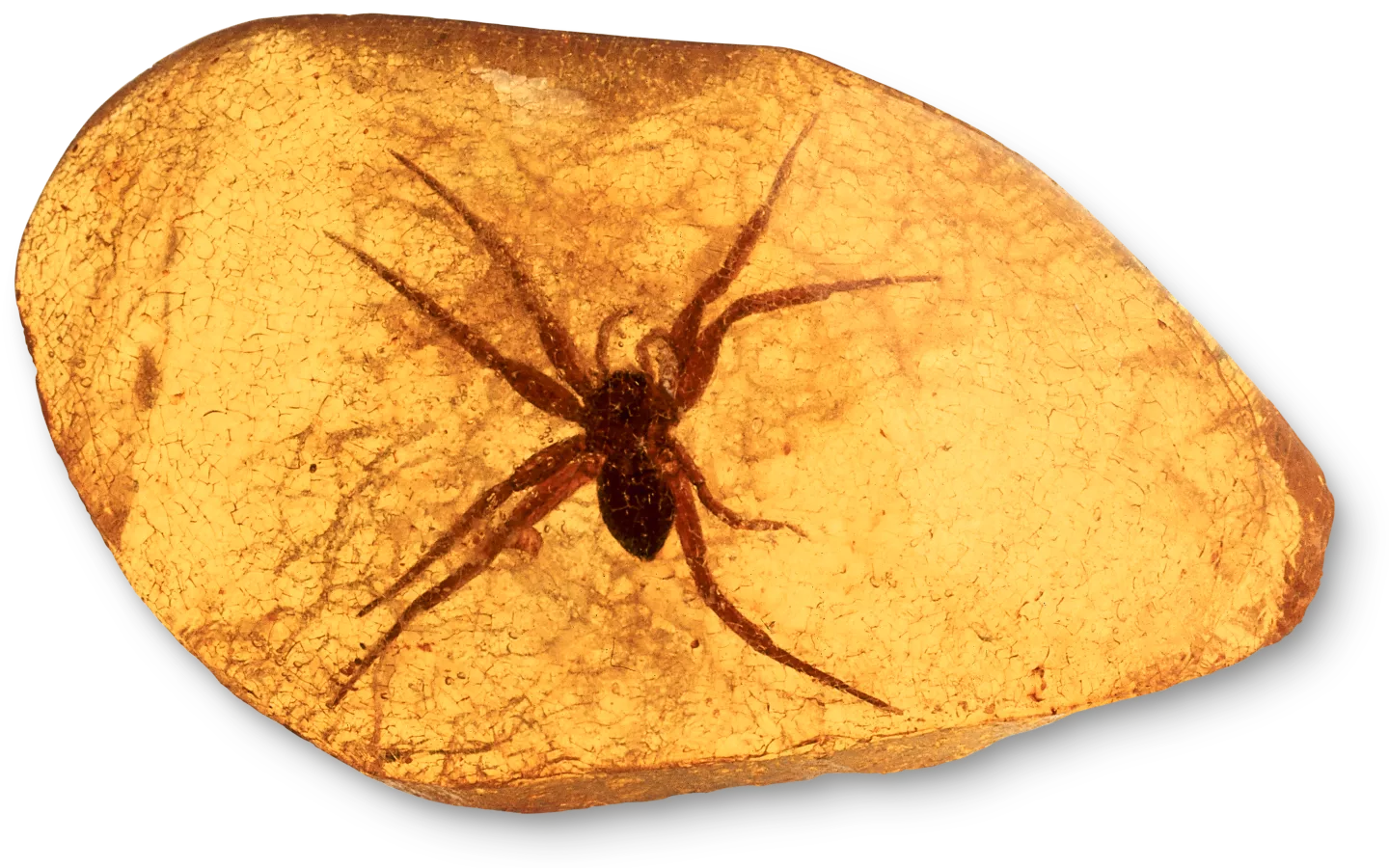Fossil and Fossilization :- I
- polinaselin

- Oct 20, 2022
- 3 min read
The term fossil (Lat. fossils to = dig up) was coined. According to Lamarck, is defined as prehistoric plant and animal remains found preserved within sedimentary rocks or superficial deposits of the Earth, not only as petrified structures of organisms but also anything directly connected with or produced by these organisms. Fossils reveal information about the shape, size, appearance, and activities of organisms.
The process of preservation or burial was caused by a natural agency, such as water or wind-borne sediments or being engulfed in bog or quick sand. However, the degree of preservation varies with the anatomical and chemical characteristics of the living beings involved, as well as the physio-chemical conditions that prevailed during burial and diagenesis.
MORPHOLOGY OF FOSSILS
In the best of circumstances, the morphology of fossils corresponds exactly to that of the original organisms. However, during tectonic movements, the original morphology of the fossils may have been significantly modified or deformed. Occasionally, only the imprints or even the surface markings of activity remain.
1. Preservation Modes
(a) Soft-parts preservation. Although unusual, soft tissue fossilisation has occurred in Siberia's Arctic tundra. Animal remains, with all of their original substances intact, have been discovered frozen either in palaeocrystic ice or in the soil itself. In 1799, the first specimen was discovered frozen in the Lena delta. Its skeleton, which is now housed in the St. Petersburg Academy Museum (Russia), has remnants of the hide still attached to the skull and feet. The second specimen was discovered in Beresovka, Siberia, in 1901. A woolly mammoth (JARKOV) carcass dating back 20,380 years has also been discovered in Siberia. This creature has a fractured hip and forelimb, as well as a large mass of clotted blood. Unswallowable food clenched between teeth and a large mass of clotted blood in the chest. Wooly mammoth and woolly Rhinoceros tichorhinus remains were mummified in ozocerite (natural paraffin, mineral wax) at Gabicia and were also discovered frozen in ice in Siberia. 325 woolly mammoth bones and tooth fragments have been discovered in Baumeles, Dames, East France.
The animal was preserved in amber, a fossil resin derived from pine trees. When first exuded, these resins are soft enough to engulf an insect. Later, due to the evaporation of more volatile portions, they harden and eventually change to amber without causing any harm to the most delicate details of the insect's anatomy. Approximately two thousand species, mostly insects but also crustaceans and spiders, are thus preserved in the Oligocene " Baltic amber " discovered along the Baltic coast of Samland, Germany. As a result, amber is thought to be an entomological goldmine. Gael de Ploeg (1996) discovered nearly 10,000 prehistoric insects (ancient ants, bees, wasps, termites, earwigs, and beetles), All previously unknown, preserved in natural Picardy amber (Paris). These sandpit species were discovered in the Lower Eocene. The preserved DNA of an 18 million year old mosquito species from a China clay mine reveals how insects evolved with India. The Rajmahal Hills (India) contain a treasure trove of fossils trapped beneath the Rajmahal Traps. This treasure contains invertebrates, vertebrates, and plants.
An international team of scientists has discovered the world's oldest animal sperm inside a tiny crustacean trapped in amber in Myanmar around 100 million years ago. The sperm was discovered in a new species of crustacean known as Myanmarcypris hui. They believe the animals copulated just before becoming entrapped in a piece of amber (tree resin) formed during the Cretaceous period. The researchers noted that fossilised sperm are extremely rare, with the oldest known examples dating back only 17 million years. Myanmarcypris hui is an ostracod, which is a crustacean that has been around for 500 million years (Sept 2020).









Comments